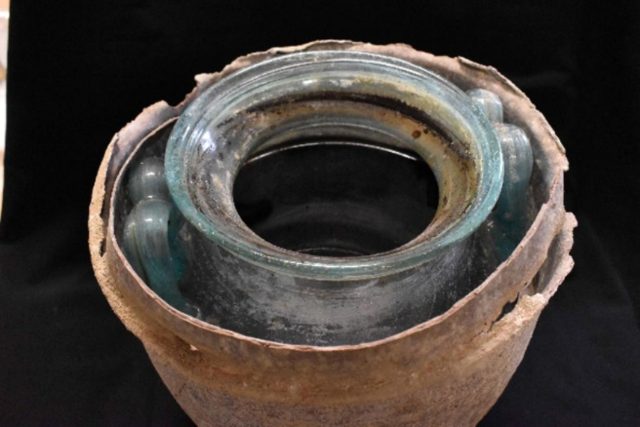This website uses cookies so that we can provide you with the best user experience possible. Cookie information is stored in your browser and performs functions such as recognising you when you return to our website and helping our team to understand which sections of the website you find most interesting and useful.
World’s oldest wine discovered in Spain
What is believed to be the world’s ‘oldest’ wine has been discovered by archaeologists in a burial urn in Carmona in Andalusia, Spain.

According to a scientific report in the Journal of Archaeological Science, called New archaeochemical insights into Roman wine from Baetica, a 2,000 year old wine was uncovered in an urn which contained human remains.
The ‘reddish’ liquid was studied and chemicals were identified that meant it was likely the fluid in the urn was a white wine, according to scientists. The report said it was probably similar to a fino wine currently produced in Montilla-Moriles and Jerez, although its higher pH suggested “strong decay from the potential wine it once was”.
Fino wine
Scientists determined the polyphenol composition of the fino wine from the Montilla-Moriles designation of origin produced in Doña Mencía, a location in southern Cordoba near major Roman archaeological sites such as Almedinilla, Priego de Córdoba, or Torreparedones. It also analysed two other fino wines from Sanlúcar de Barrameda and Jerez.
All seven polyphenols detected in the reddish liquid were also present in the wine from Doña Mencía; but rutin was not present in those from Sanlúcar de Barrameda and Jerez, and quercetin-3-glucoside was also absent from the latter. Most of the polyphenols found in the current wines examined − or even all, in some cases − were also present in the reddish liquid, the scientists reported.
High certainty
In conclusion, the scientific report said: “The results confirmed with a high certainty that the liquid was wine and, more specifically, white wine, an assumption strengthened by the presence of ethanol at very low concentration. However surprising, this result is consistent with the very good preservation condition of the studied mausoleum. The use of wine in Roman burial rituals is well-known and documented.
“Therefore, once the cremated remains were placed in it, the urn must have been filled with wine in a sort of libation ritual in the burial ceremony or as part of the burial rite to help the deceased in their transition to a better world. The results obtained in this work strongly suggest that the reddish liquid in the ash urn was originally wine that decayed with time, and that it was about 2000 years old, and hence the oldest wine found to date.”
Related news
Archaeologists uncover 1,900-year-old winery in the Rhône
1,697 year-old bottle of wine 'safe to drink'
Archaeologists uncover elaborate ancient winery among Roman ruins

